Why you should avoid the Photography Equipment Trap
When aspiring photographers look at stunning photos, they assume that if ONLY they can get their hands on proper landscape photography equipment, they could capture these photos. So one of the most frequently asked questions is:
What kind of landscape photography equipment is needed to capture photos like these?
My Photography Equipment Lesson
It seems that everyone assumes that having the right kind of landscape photography equipment is needed to get started. And why not? There is nothing more thrilling then to hold that brand new Sony a7r4 in your hands… right? Not really.
The truth is that this is exactly what I assumed when I got started back in 2001. Armed with $5000 worth of landscape photography equipment, I was convinced that I was on the right track for getting some great shots of the Olympic Peninsula.
Then the reality hit home… I found out that I lacked the photography skills to capture great photos.
After this embarrassing episode, I decided to study up on the technical skills. I learned about aperture, shutter speed, filters, manual exposure, ISO, and Liveview. In two years, I was able to use every mode and function for which my camera was capable. Armed with my newfound mastery of the technical skills, I was once again ready to capture photos that were going to make everyone say “WOW“. Or at least that is what I thought when I went back to Olympic National Park. Once again I was reminded that I had quite a bit of learning to do.
I soon discovered that every landscape photo is different. Sometimes the challenge is to get the correct exposure, sometimes you have to overcome drought, sometimes you need to creatively focus on your subject, and other times you simply need to put yourself in the right place at the right time.
Top Landscape Photography Skills
Spending money to acquire new photography equipment will NOT make you a better landscape photographer. To master the art of landscape photography, you must think creatively and acquire technical skills. The following are the some of the top skills you need to become a successful landscape photographer.
#1 – Master Camera Exposure
When you see an landscape photo like the one below, you can almost step right into the scene. The image conveys much to the viewer, such as feeling the waterfall spray on one’s face. How can one capture such a natural looking image of this spectacular location? You can capture a photo like this with a single camera exposure but the secret is learning how to get your balance right in landscape photography.
Although I positioned myself to catch sunrise over St. Mary’s lake, the dynamic range was so great that it was impossible to capture the shot in-camera without using a graduate neutral density filter (GND filter). I had to use a 3-stop soft GND filter to capture this spectacular photo from Glacier National Park. Another way to capture a photo like this is to use use manual or high speed bracketing mode build into your camera.
#2 – Learn to Capture Photos in Sharp Focus
When you look at the extreme tonal range in the following image of Death Valley, you may assume that it also required bracketing. Not only was this image captured in a single camera exposure, but the majority of the processing was done in RAW Converter (only a few small local post-processing adjustments were needed in Photoshop). The challenge in capturing this particular image was getting everything sharply in focus in the middle of 35 mph wind with blowing sand. To succeed, I used protective gear for my camera and the hyper focal distance principle to set my focusing point.
While using hyper focal distance concept seems quite simple, it is a topic that could be discussed among a group of photographers for hours upon hours. If you’re making the jump into landscape photography, mastering focus is one of the best places to start.
#3 – Know the Art of Photography Composition
I shot the photos below at a very well-known place called Schwabacher Landing in Grand Tetons National Park. When I shot these photos, there were several other photographers at the same location photographing under the same conditions. All of them were concentrating on photographing the typical scene.
However, the conditions on that particular morning were nothing special. So, instead of concentrating on the typical scene of the mountains, I turned my attention to the direction of the sunrise where the contrast between the deep blue skies and the back-lit mist captivated me. By simply choosing a different composition, I was able to create a stunning image from a rather ordinary looking sunrise over Grand Tetons.
#4 – Develop Creativity
When I finally returned to Olympic National Park in 2010, I was able to capture the sea anemone image that I love (image below). And I was able to do it by using creativity.
One of the biggest challenges that you will face when photographing a sea anemone is that you have to find a subject that is not full of sand… and that can be an impossible task. So, I improvised and used a water bottle filled with sea water to create a current in the tide pool that washed away the sand from the sea anemone.
As you can see from the examples above, getting it right in camera is about more than having the latest photography equipment. It’s about putting yourself in the right place at the right time and then using local knowledge, key composition strategies, essential camera skills, and a good dose of creativity to overcome the ever-changing conditions of nature.
Myth of the Latest Photography Equipment
Let me start out by saying. Every single photo you see in this article was taken with a 10+ year old camera.
Yep. It’s true. And to be honest, I cannot recall opening the box of my brand new Canon D30 (yeah that 3MP dinosaur), but I will definitely remember how I felt when I captured the sunrise over St. Mary’s lake at Glacier National Park shown in the previous image.
So if I had to do this all over again, would I have spend $5000 on that brand new camera that I did not know how to use?
Not a chance!
I would have purchased a more affordable camera with a kit lens and a tripod and put rest of the money toward towards learning how to capture great images and then creating memorable experiences of being outside in some of the most beautiful places in the world. After all, what is better than learning new stuff and making mistakes while watching the sea lions on a remote beach in New Zealand? Or photographing lava dropping into the ocean? Or bumping into a sea turtle at the beach?
So what would you do if you had $5000 to spend on landscape photography? Feel free to leave your comments below.

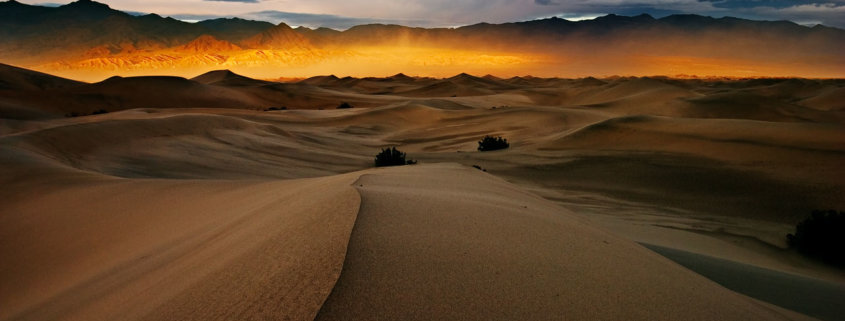
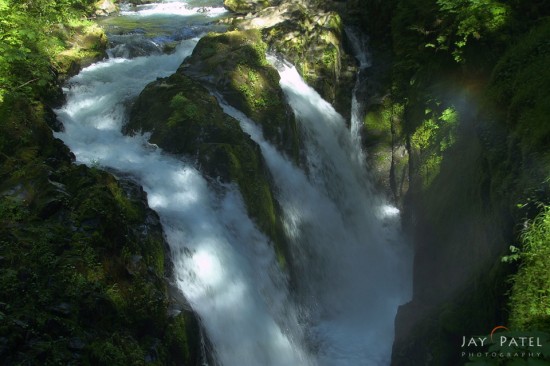
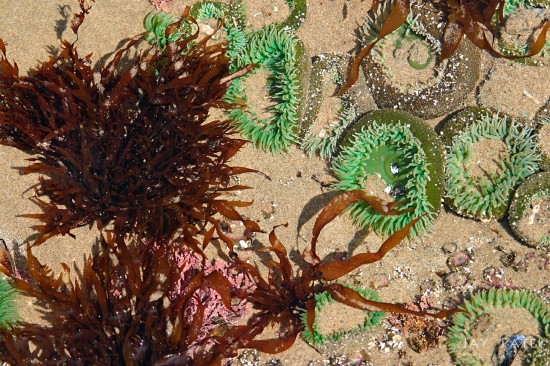
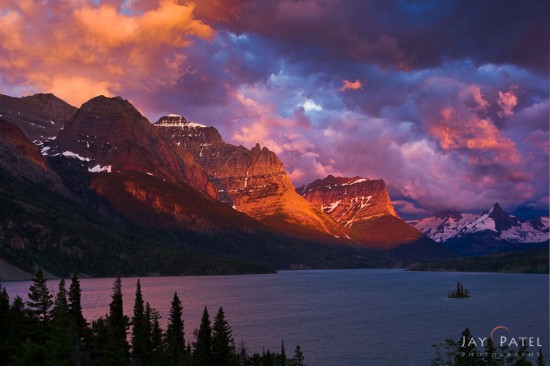
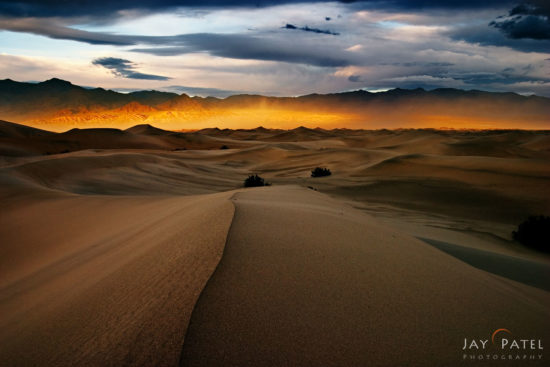



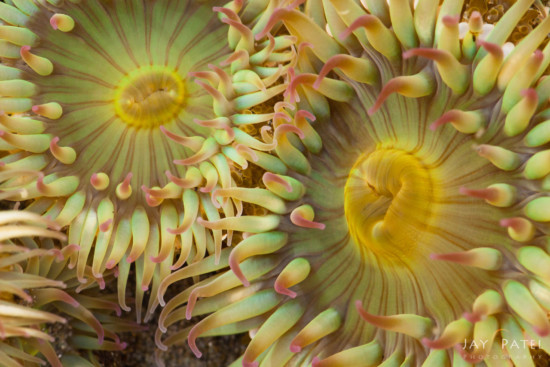
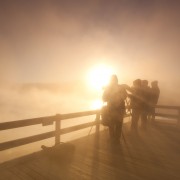







I started out shooting landscapes with a series of borrowed pocket cameras. As a National Park Service volunteer, I made a suggestion that a “better” camera would expand my photo ability. I was rewarded with a government issued Nikon P510 (JPEG only). I was thrilled and expanded the kinds of pictures that I could shoot! In time, my “boss” agreed that shooting RAW would improve the “quality” of my photos and my boss’s presentations. She gave me a $3000 budget! I planned and recommended a kit consisting of a Nikon D5500, 3 lenses, pack, tripod, filters, etc. I got it! This is an excellent outfit! It still shoots better than I do! While I had learned a great deal about the craft of photography with those “lesser” cameras, I continued to learn with the “better” kit. In time my photography interest expanded beyond volunteering for the NPS. I still use the D5500 kit, but I now own an Olympus kit of comparative value and design. And I still continue to learn!
I agree that the most important tool in your photography kit is the one between your ears. As a cave photographer for 50 years, I’ve upgraded my equipment when my old gear was way out of date. I also just went back through thousands of older transparencies which I thought were good shots at the time. Now I realize that digital photography is SO FAR AHEAD of any of my original photos that I wish I could go back to those same locations and re-shoot the images. My latest “tool” upgrade was well worth the cost. I have been using Lumopro LP 180 flashes for several years and still use them as a backup. The new flashes are the LP 180R flashes that have built-in radio receivers that can be triggered from my camera, but more important is that I can adjust each flash individually FROM THE CAMERA in terms of power and zoom settings. That has saved me a tremendous amount of time and energy adjusting the lighting. I usually have several sherpas to help set up the lighting, but being able to adjust from the camera saves lots of time and thus allows for more photos underground as well. It was well worth the upgrade. Peter Jones, Shot in the Dark Cave Photography.
So far I have not needed sherpas to carry my gear…but if I keep collecting lenses that day may soon arrive. ;)
Jay, did you ever hear the expression “Big boys, expensive toys”? It goes for cameras as well as cars. Thus, you are of course correct that an expert photographer can take great pictures with a Smartphone and a beginner doesn’t need a Leica. I wonder if female photographers have this urge to “upgrade” their gear, too, but I’m afraid to ask. What does pay off IMO is to spend money on good quality lens.
Interesting that you would ask…We almost always get the best available lens at the time we purchase them. The reason is simple…we keep out lenses 10 times longer than our cameras. I have not replaced a single lens for 5 years, but replaced my camera body 3 times. Some of my Canon Lenses were with me for 10+ years.
Today there are no bad camera’s. Today as always there is lack of knowledge and lack of vision. Sorry to say but, even here. There is no good light or great light. What counts is the ability to make use of the light. Study Alister Benn’s e-books and videos. Luminosity and contrast. Look for it, learn to see it, to read it, to use it. In landscape photography, or actually, in photography (any).
I completely agree with you….and yet there is endless debates and live unboxing of brand new cameras. ;)
The article was to highlight the fact photographer like me spend way too much money of equipment and not enough on enjoy the experience of being a landscape photographers. We have quite a few articles on how to get started in Landscape Photography on our blog.
Jay,
This is a good thought to write about as I am fairly certain we all go through this same game in our heads as one point or another. I have been struggling on the decision to upgrade my Canon 6D for some time now but he cost of the next best thing is fairly prohibitive and doesn’t really seem like that much of a step up. For now, my 6D works fine and I am able to travel the country full time with my wife so I am happy enough!
Good to hear. The only time I replaced my Canon 5D MKII with MKIII model when my Canon 5D MKII died. I even tried to get it fixed, but it was lost beyond repair.
I think the thing to spend $5000 on is a trip to a beautiful place for a month or two, depending upon expenses.